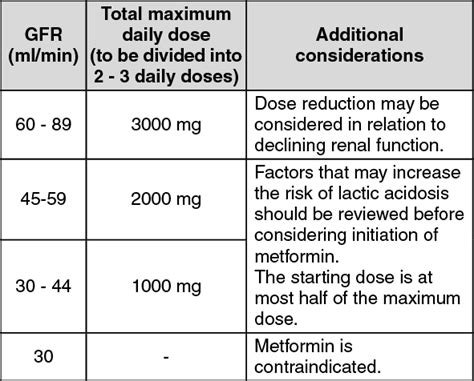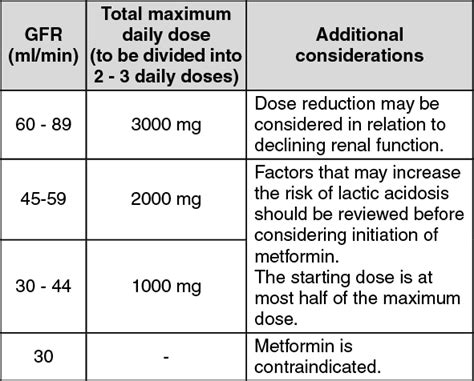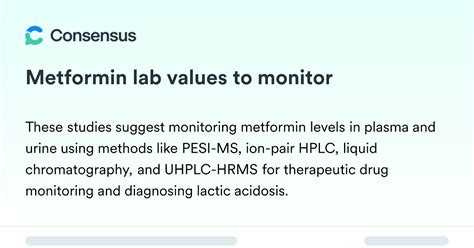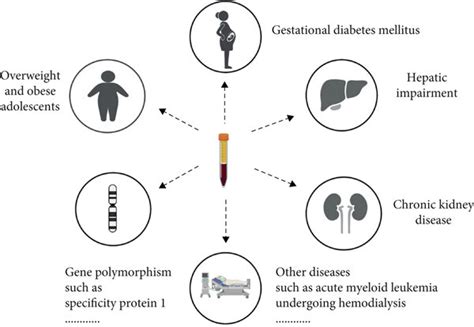Intro
Optimize diabetes management with our Metformin dosing chart guide, featuring dosage recommendations, administration tips, and side effect management for type 2 diabetes treatment, including extended-release formulas and combination therapies.
Metformin is a widely prescribed oral antidiabetic drug in the biguanide class that is primarily used for the treatment of type 2 diabetes. One of the most important aspects of metformin treatment is proper dosing, as it directly affects the efficacy and safety of the medication. Understanding the metformin dosing chart is crucial for healthcare providers and patients alike to ensure that the drug is used effectively and with minimal side effects.
The importance of accurate metformin dosing cannot be overstated. Incorrect dosing can lead to reduced efficacy, increased risk of side effects, or even the development of more severe conditions such as lactic acidosis, a rare but potentially fatal side effect of metformin. Therefore, it is essential to follow a metformin dosing chart guide that outlines the recommended dosages based on patient factors such as age, kidney function, and the presence of other health conditions.
Metformin works by decreasing glucose production in the liver, increasing insulin sensitivity, and thereby lowering blood sugar levels. It is often prescribed as an initial treatment for type 2 diabetes due to its effectiveness in controlling blood glucose levels and its potential benefits on cardiovascular outcomes. However, to achieve these benefits, patients must adhere to the prescribed dosing regimen, which may involve gradual dose escalation to minimize gastrointestinal side effects.
Understanding Metformin Dosing

Understanding metformin dosing requires knowledge of the different formulations available, including immediate-release (IR) and extended-release (XR) tablets. The immediate-release formulation is typically started at a low dose, such as 500 mg once daily, and can be gradually increased every 1-2 weeks to a maximum dose of 2000 mg/day, divided into 2-3 doses. The extended-release formulation, on the other hand, allows for once-daily dosing and can be started at 500-1000 mg, with gradual increases as needed and tolerated, up to a maximum of 2000 mg/day.
Factors Influencing Metformin Dosing
The dosing of metformin is influenced by several factors, including renal function, as metformin is contraindicated in patients with severe renal impairment due to the risk of lactic acidosis. Hepatic impairment is another consideration, as metformin is not recommended in patients with acute or chronic hepatic disease. Patient age, particularly in the elderly, requires careful consideration due to the potential for decreased renal function and increased susceptibility to side effects. Additionally, the presence of other medical conditions, such as heart failure, and the use of other medications can impact metformin dosing.Metformin Dosing Chart

A metformin dosing chart typically outlines the recommended starting dose, the maximum dose, and the frequency of administration based on the formulation used. For adults with normal renal function, the starting dose for the immediate-release formulation is usually 500 mg twice daily, which can be increased by 500 mg every 1-2 weeks to a maximum of 2000 mg/day. For the extended-release formulation, the starting dose is often 500-1000 mg once daily, with similar gradual increases as needed and tolerated.
Special Considerations
Special considerations in metformin dosing include the management of gastrointestinal side effects, which are common, especially during the initial treatment phase. Gradual dose escalation and taking the medication with food can help minimize these side effects. In patients with renal impairment, dose adjustments are necessary to prevent the accumulation of metformin and reduce the risk of lactic acidosis. Regular monitoring of renal function and adjustment of the metformin dose as needed are crucial in these patients.Monitoring and Adjustments

Monitoring of metformin therapy includes regular assessments of blood glucose control, renal function, and the presence of any side effects. Adjustments to the dose may be necessary based on these assessments, with the goal of achieving optimal glycemic control while minimizing adverse effects. Patient education on the importance of adherence to the prescribed dosing regimen, recognition of potential side effects, and the need for regular follow-up appointments is essential for successful metformin therapy.
Common Side Effects and Management
Common side effects of metformin include gastrointestinal symptoms such as diarrhea, nausea, vomiting, and abdominal bloating. These side effects can often be managed through dose adjustments, taking the medication with food, or using anti-emetic medications. Vitamin B12 deficiency is another potential side effect, which may require supplementation. Rare but serious side effects, such as lactic acidosis, require immediate medical attention and cessation of metformin therapy.Metformin in Special Populations

The use of metformin in special populations, such as the elderly, children, and pregnant or breastfeeding women, requires careful consideration. In the elderly, dose adjustments may be necessary due to decreased renal function and increased susceptibility to side effects. In children and adolescents, metformin is approved for the treatment of type 2 diabetes, with dosing guidelines available for this population. During pregnancy, metformin may be used in women with polycystic ovary syndrome (PCOS) or type 2 diabetes, but its use requires careful monitoring due to the potential risks and benefits.
Pregnancy and Lactation
The use of metformin during pregnancy and lactation is a topic of ongoing debate. While metformin is not approved for the treatment of gestational diabetes, it may be considered in certain cases where the benefits outweigh the risks. Breastfeeding women can typically use metformin, as it is excreted in small amounts in breast milk and is considered safe for the infant.Conclusion and Future Directions

In conclusion, metformin remains a cornerstone in the treatment of type 2 diabetes due to its efficacy, safety profile, and potential benefits on cardiovascular outcomes. Proper dosing, as outlined in a metformin dosing chart, is essential for maximizing the drug's benefits while minimizing its risks. Future research directions include exploring the use of metformin in new populations, such as those with prediabetes or non-alcoholic fatty liver disease, and developing new formulations that improve patient adherence and reduce side effects.
Final Thoughts
As healthcare continues to evolve, the role of metformin in the management of diabetes and other metabolic disorders is likely to expand. By understanding the principles of metformin dosing and staying updated on the latest research and guidelines, healthcare providers can offer their patients the most effective and safe treatment options available.What is the typical starting dose of metformin for adults with type 2 diabetes?
+The typical starting dose for the immediate-release formulation is 500 mg twice daily, and for the extended-release formulation, it is 500-1000 mg once daily.
How often should renal function be monitored in patients taking metformin?
+Renal function should be monitored at least annually in patients with normal renal function and more frequently in those with renal impairment or at risk of developing it.
Can metformin be used in pregnant women with type 2 diabetes?
+Metformin may be considered in pregnant women with type 2 diabetes, but its use requires careful monitoring due to the potential risks and benefits.
We invite you to share your thoughts and experiences with metformin dosing and therapy. Your comments and questions can help others better understand the complexities of metformin treatment and its role in managing type 2 diabetes. Share this article with others who may benefit from this comprehensive guide to metformin dosing, and let's work together to improve diabetes care and management.
